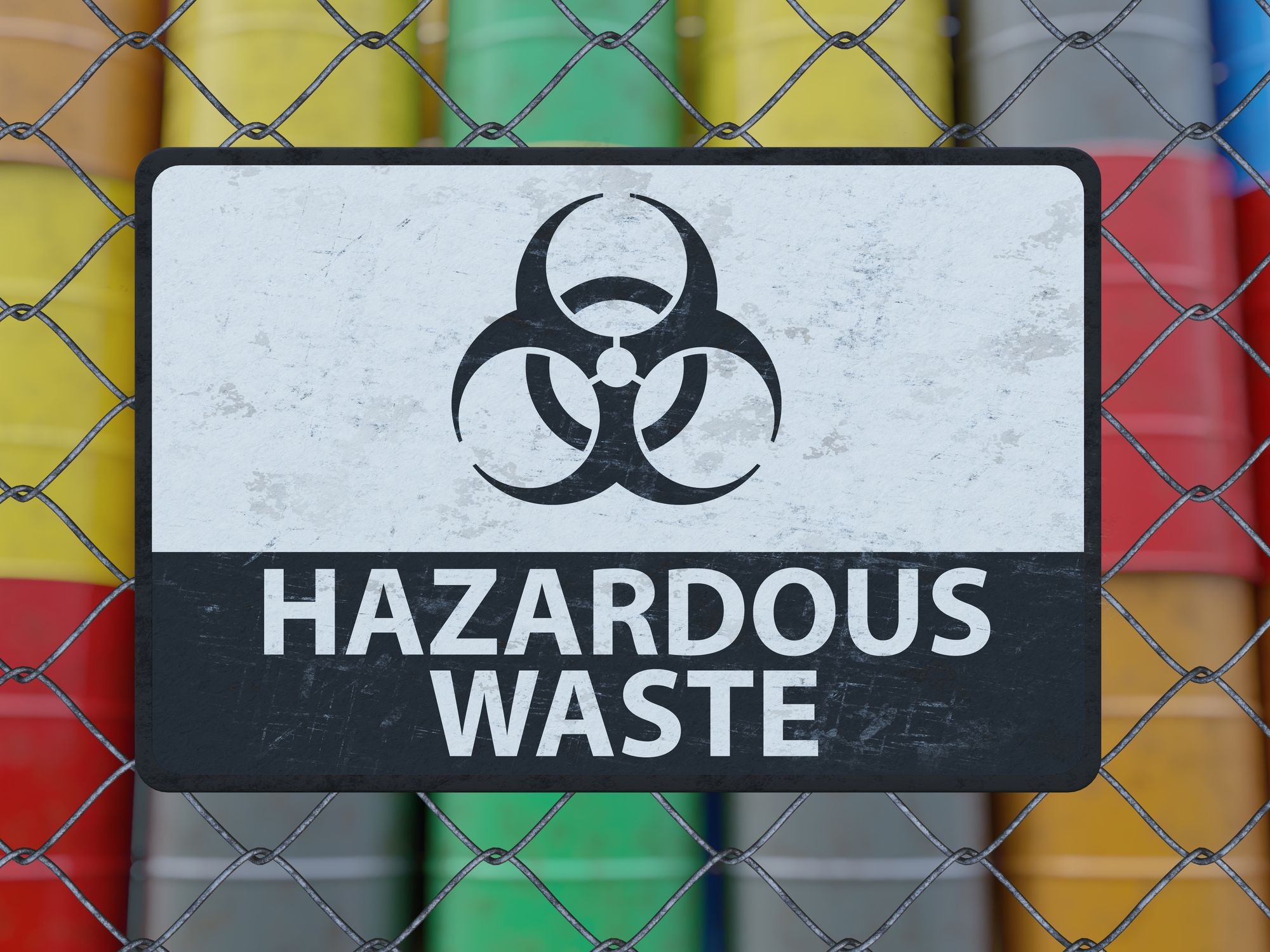Hazardous wastes

- Many wastes not covered by RCRA do not fall under the scope of the HazCom standard.
The HazCom rule does not apply to “hazardous waste as such term is defined by the Solid Waste Disposal Act, as amended by the Resource Conservation and Recovery Act of 1976, as amended (42 U.S.C. 6901 et seq.), when subject to regulations issued under that Act by the Environmental Protection Agency.”
A vast majority of wastes that are not covered by the Resource Conservation and Recovery Act (RCRA) do not exhibit any hazardous properties, and therefore do not fall under the scope of the HazCom standard. However, there is a small subset of these waste materials that may exhibit some level of hazard (such as toxicity) if ingested, injected, absorbed, or inhaled in significant quantities. Examples of hazardous wastes that are not covered by RCRA include:
- Non-RCRA regulated commercial solid waste.
- Electronic wastes (recycled computers, cell phones, electronic devices).
- Household hazardous wastes.
- Waste products that are clearly non-RCRA hazardous wastes, but may require a Department of Transportation (DOT) hazard label because of chemical properties.
When waste does not meet the definition of “hazardous waste” under the RCRA regulations, it is covered by the HazCom standard if it meets the standard’s definition of “hazardous chemical” AND it does not fall under any of the exemptions listed under 1910.1200(b)(6).
For a non-RCRA waste product, the HazCom standard does not require that the waste generator to create its own label or safety data sheet (SDS); however, any chemical hazard information, including available labels and SDSs, received by the waste generator from upstream must be passed downstream with the non-RCRA waste product. For mixtures of non-RCRA wastes, it is acceptable to provide multiple SDSs downstream. This would also apply to disposal of mixtures of non-RCRA waste product from laboratories, manufacturers, importers, and distributors.
